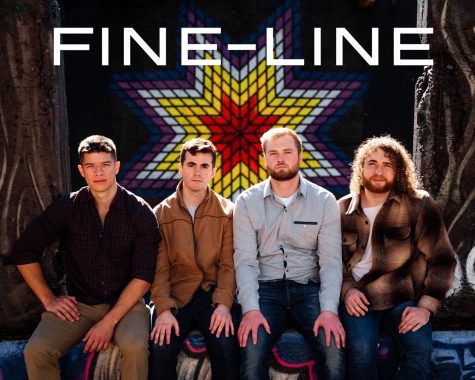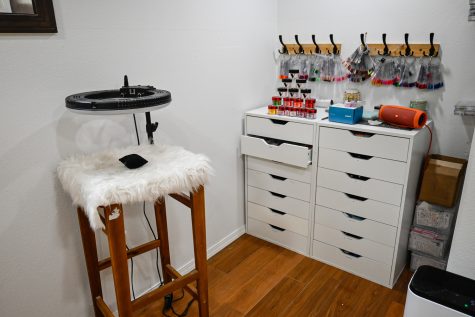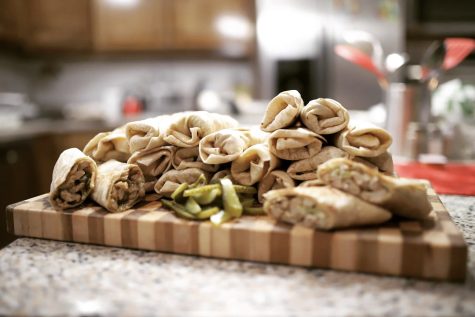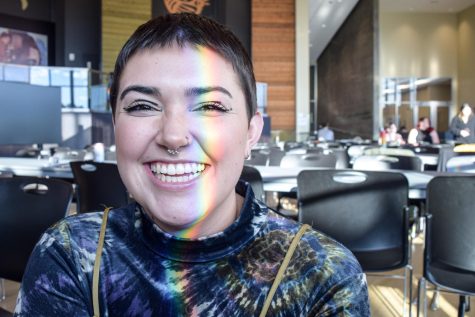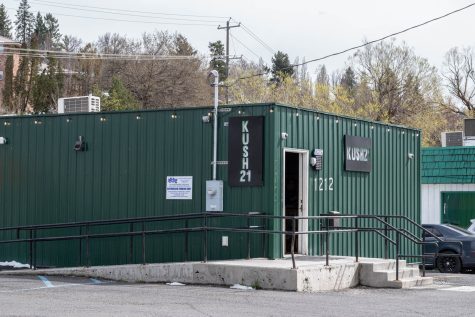‘Good Vibrations’ exhibit features international drums
November 30, 2016
{{tncms-asset app=”editorial” id=”d76d817e-b6ad-11e6-a1ea-534bb0ad66ab”}}
WSU’s Anthropology Museum is now holding a new exhibit called “Good Vibrations,” a student-curated display of worldwide percussion instruments and artifacts.
The exhibit was created by Jonny Douglas, a WSU Museum of Anthropology intern. Douglas is a senior majoring in anthropology and working toward minors in both psychology and sociology.
The inspiration for the exhibit is rooted in Douglas’s deep appreciation for cultural studies and anthropology, as well as his passion for all types of music.
“I wanted to somehow illustrate the universal nature of rhythm and percussion across all human cultures and societies,” Douglas said. “Every culture has its unique rhythmic style, and the world is connected through it all.”
Music and percussion have been a passion of his from an early age, and he has enjoyed playing the drums for over ten years.
“It is my hope that one day I can travel to different areas of the world and play the drums with people of different cultures,” Douglas said. “Even if we could not speak directly to one another due to language barriers, we could understand each other’s intentions and personality through our drum patterns.”
As American percussionist Mickey Hart has stated, there is a kind of “natural high” that one can reach from playing the drums. Douglas describes the satisfaction that comes from playing the drums for several hours a day as an escape from reality. He found his love for music through the piano and learning to read sheet music, but he quickly shifted his focus to the drums.
“I enjoy playing all kinds of drums and percussion instruments,” he said. “The sound of the beating drum reminds me of a heartbeat.”
The majority of the Papua New Guinea artifacts on display in the exhibit were given to WSU by former professor Robert Littlewood. The African pieces belong to professor Barry Hewlett, who currently teaches at WSU’s Vancouver campus.
The Native American large square drum is a loan from Shannon Tushingham, director of the Museum of Anthropology. It was gifted to her by the Tolowa Tribe.
“Native Americans have called the drum ‘the heartbeat of Mother Earth,’” Douglas said. “Sometimes during my drum sessions, I find myself entering a trance-like, meditative state of mind, where the bass and rhythm are the only things my five senses can focus on.”
Finally, the large African djembe drum belongs to Douglas himself. It is a handmade drum from Kenya that he has owned and appreciated for many years.
The exhibit is open now and will remain open until an undetermined date in 2017. It can be visited from 9 a.m. to 4 p.m. Monday through Friday at the Museum of Anthropology, located in College Hall.
“Working on this museum exhibit has been very enjoyable and exciting for me,” Douglas said.
Reporting by Sadie Scott











